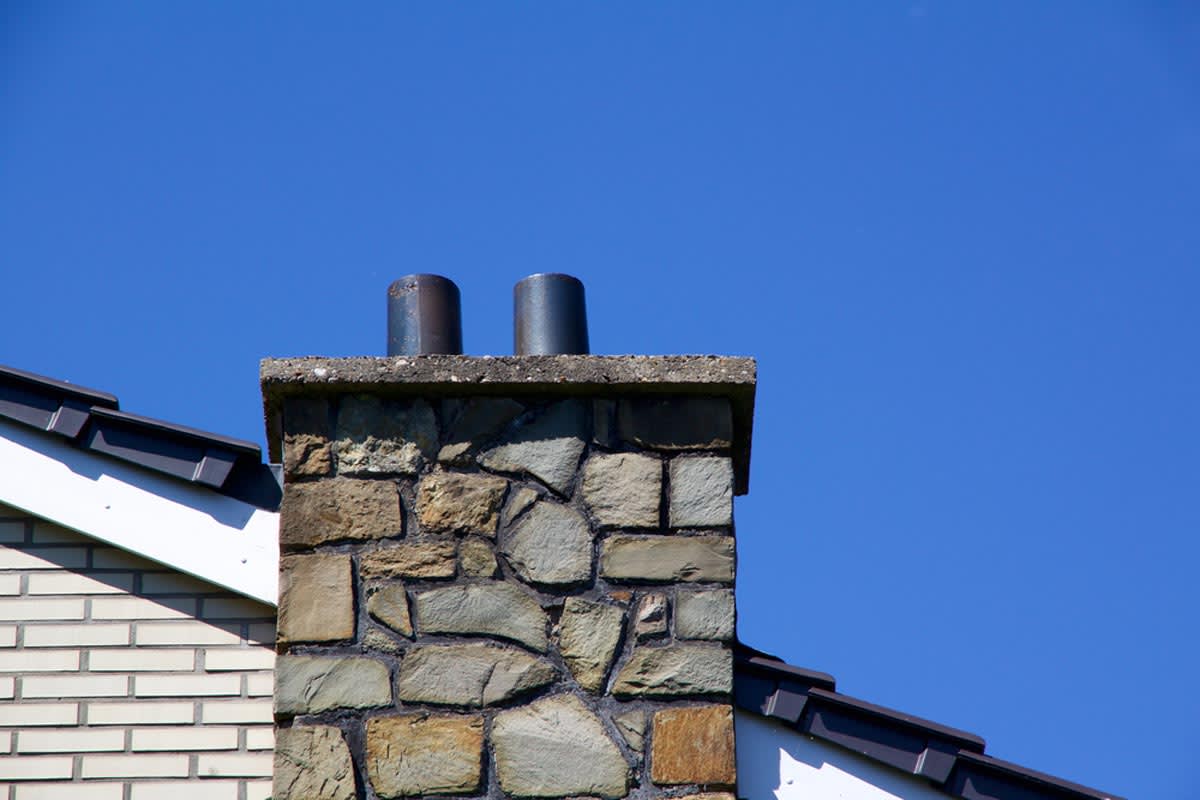Safeguard Your Family Members with Proven Chimney Sweep San Jose Techniques
Safeguard Your Family Members with Proven Chimney Sweep San Jose Techniques
Blog Article
Expert Overview to Chimney Cleaning: Everything You Required to Know
In the world of family upkeep, the chimney usually rests undetected until it becomes a pushing concern. Disregarding smokeshaft cleaning can lead to a host of issues, from bad ventilation to safety risks. Understanding the ins and outs of correct chimney upkeep is vital for any home owner. From the devices needed to the step-by-step procedure involved, a specialist guide to smokeshaft cleaning provides a comprehensive review of exactly how to keep this important part of your home working efficiently. It's not just concerning cleanliness - security preventative measures and maintenance tips play a considerable duty in ensuring the durability and performance of your chimney.
Value of Smokeshaft Upkeep
Keeping appropriate chimney upkeep is crucial for ensuring the security and effectiveness of your home's heating system. Over time, chimneys can gather creosote, a very flammable substance that can lead to chimney fires if not cleaned up routinely.
Regular smokeshaft maintenance also aids in preventing blockages that can block the flow of air and gases, leading to inadequate ventilation and reduced home heating effectiveness. In addition, a clean smokeshaft stops the build-up of particles and nesting materials from animals and birds, reducing the threat of obstructions and making certain appropriate airflow.
Devices and Supplies Needed

Step-by-Step Cleansing Process

The very first action is to prepare the location around the fireplace by putting down safety sheets to avoid any soot or particles from soiling your home. Next off, open the damper to guarantee correct air flow during the cleaning procedure.
Using a flashlight, examine the smokeshaft for any kind of blockages or accumulation. Remove any visible debris such as nests, leaves, or creosote utilizing a chimney brush or vacuum particularly made for smokeshaft cleansing.
After getting rid of the debris, it's Home Page time to scrub the chimney walls. Attach the brush to extension rods and scrub the walls completely to remove any stubborn build-up. Follow up by vacuuming or sweeping the loosened debris.
Once the smokeshaft is tidy, examine the chimney cap and flue for any damages or indications of wear. Cleanse and close the damper up the bordering location before evaluating the fireplace to make sure correct airflow.
Safety Safety Measures to Adhere To
Ensure that the fire place and smokeshaft are completely trendy before starting any type of cleaning tasks to prevent burns or fires. Think about employing a professional chimney move for intricate or high-risk cleansing tasks to make certain the job is done safely and properly. By adhering to these safety and security precautions, you can minimize risks and maintain a protected environment during the smokeshaft cleaning procedure.
Tips for Maintaining a Clean Chimney
Before initiating the chimney cleansing procedure, it is vital to include normal maintenance techniques to ensure a well-functioning and clean chimney. One pointer for keeping a clean chimney is to arrange routine evaluations by a certified chimney move. These examinations can help identify any kind of possible concerns prior to they escalate, conserving you money and time in the future. Furthermore, melting the best kind of timber, such as seasoned hardwoods, can help in reducing the build-up of creosote in the chimney. Creosote is a very flammable compound that can lead to smokeshaft fires if not effectively managed. One more crucial idea is to mount a chimney cap to avoid particles, pets, and dampness from going into the smokeshaft. On a regular basis cleaning up the chimney and examining cap can guarantee it operates efficiently. Always dispose of ashes appropriately and promptly after each use to prevent the build-up of ash, which can restrict air movement and raise the danger of smokeshaft fires. By adhering to these maintenance view publisher site pointers, you can delight in a tidy and risk-free smokeshaft throughout the year.
Verdict
To conclude, routine smokeshaft cleaning is important for keeping a efficient and secure fire place or heating system. By following the detailed cleansing process and taking necessary security precautions, you can make sure that your smokeshaft works correctly and lowers the danger of fire threats. Keep in mind to use the suitable devices and materials, and think about seeking professional aid if needed. By remaining aggressive with chimney maintenance, you can delight in a comfy and warm ambience in your home.
Over time, chimneys can accumulate creosote, a highly combustible material that can lead to smokeshaft fires if not cleaned up routinely. The key tools needed for smokeshaft cleaning consist of a chimney brush, smokeshaft poles, a vacuum cleaner, safety gear such more info here as safety glasses and gloves, a flashlight, and a durable ladder. The smokeshaft brush is vital for removing creosote buildup, while the chimney rods assist in expanding the reach of the brush to clean up the whole smokeshaft size - Chimney Sweep San Jose. By having these supplies and devices prepared, you can take on smokeshaft cleaning successfully and safely, maintaining the correct functioning of your smokeshaft and guaranteeing a safe setting in your home
Prior to initiating the chimney cleansing process, it is important to include normal upkeep methods to guarantee a well-functioning and tidy smokeshaft.
Report this page